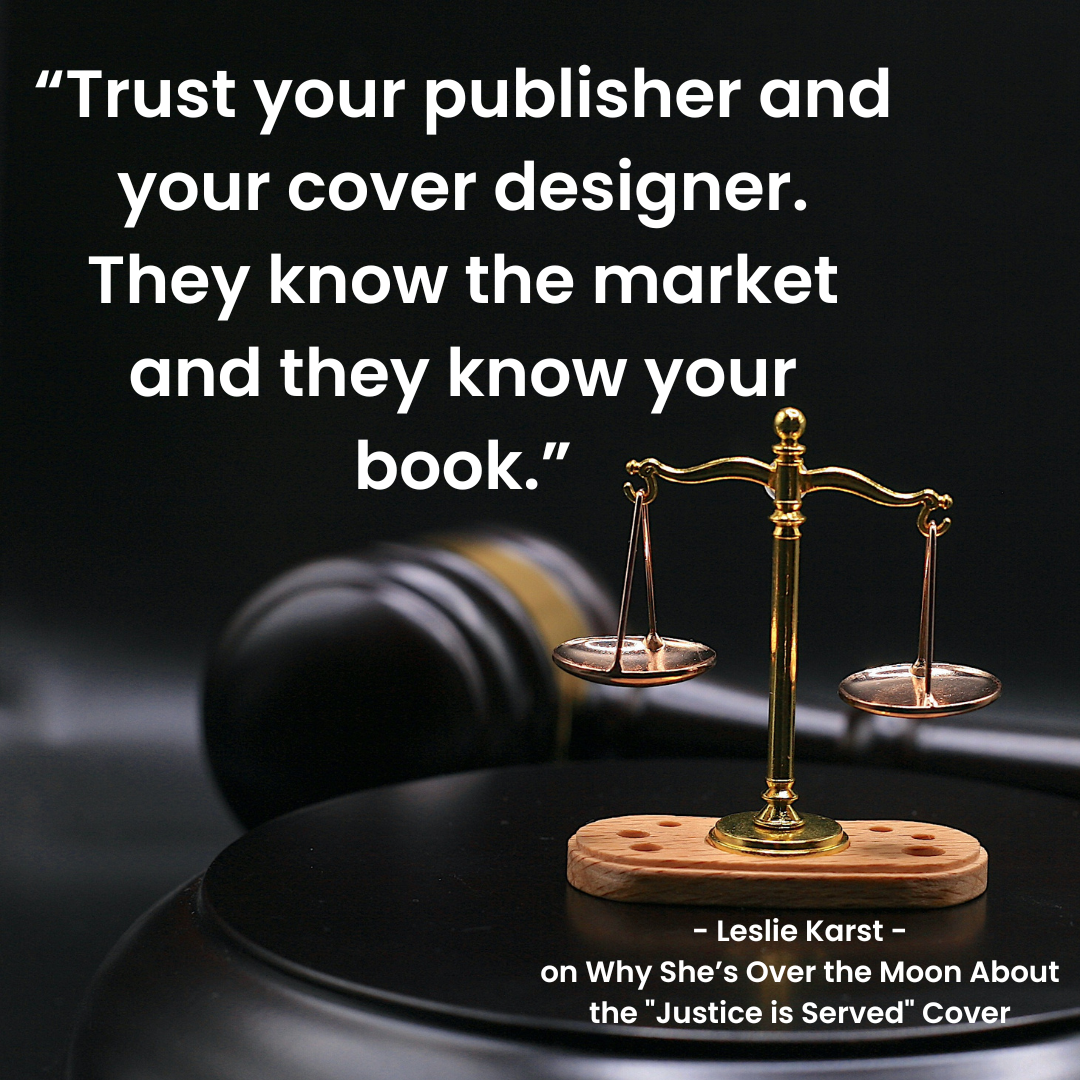Don't be afraid to ask for help with the most critical first step of your writing journey - the query.
I’ve been blogging since 2011 and have critiqued over 200 queries here on the blog using my Hatchet of Death. This is how I edit myself, it is how I edit others. If you think you want to play with me and my hatchet, shoot me an email.
If the Saturday Slash has been helpful to you in the past, or if you’d like for me to take a look at your query please consider making a donation, if you are able.
If you’re ready to take the next step, I also offer editing services.
My thoughts are in blue, words to delete are in red, suggested rephrasing is in orange.
I am seeking representation for IN THE SPACES BETWEEN, a dual-POV adult psychological thriller complete at 95,000 words. I generally encourage people not to start with title, genre and word count simply b/c everyone who is querying has those - start out with something they don't, the hook for your own book.
There is an ever-growing list of shoulds in ten-year-old Esmee’s life. She should have friends, she should cry after her mom’s suicide, and she should fear the creature that is rumored to live in the forest behind her house. Good hook - I think start with this! But she doesn’t. And when a whisper beckons her into the woods forest, it gives her a sense of belonging and lulls her into a trance, until she exits hours later covered in blood. Not sure about the word "until" here, as it signifies something has ended or changed - which you may be referring to the trance, but I think it needs to be clarified.
Esmee’s dad, Peter, struggles to make sense of his new reality. The pain of losing his wife is unbearable, and the shadowed memories of his upbringing are creeping back in. He reminds himself that he isn’t his father, and his past is behind him. But when a stranger is standing at his wife’s grave, Peter’s grief is stained with questions, and he spirals in search for the truth. This is good until we get to "But when a stranger..." everything after that is extremely vague - graves, questions, search for truth - that could be anybody's book. You need more specifics about what THIS book has in it, that others might not.
Esmee’s reality becomes convoluted by her obsession, the creature’s voice overtakes her and incites increasingly violent behavior. I think collapse Esmee's paras together, this one doesn't really add anything and doesn't deserve to stand alone.
Peter unravels his wife’s secrets.Like what? Again, being vague won't win points in a query. And when he discovers that the same darkness that troubled her may run through Esmee, he attempts to get his daughter help, because he can’t lose her too. He's certain he can keep his family together, and safe… until Esmee’s actions threaten to shatter everything Peter has ever loved. How? In what way?
I work in Finance and live in Salt Lake City. When I’m not writing or working, I’m out in the mountains.
You have a good start here, but you need to get those specifics in there. Right now there's just a vague danger, and I'm not sure what the goals are, and what obstacles stand in the way of those goals. It sounds like Peter is the one who will have those goals, so I would use Esmee's intro (b/c it's quite good), and then have one para for Peter where you explain his struggles, what he wants now, and why he can't have that.





